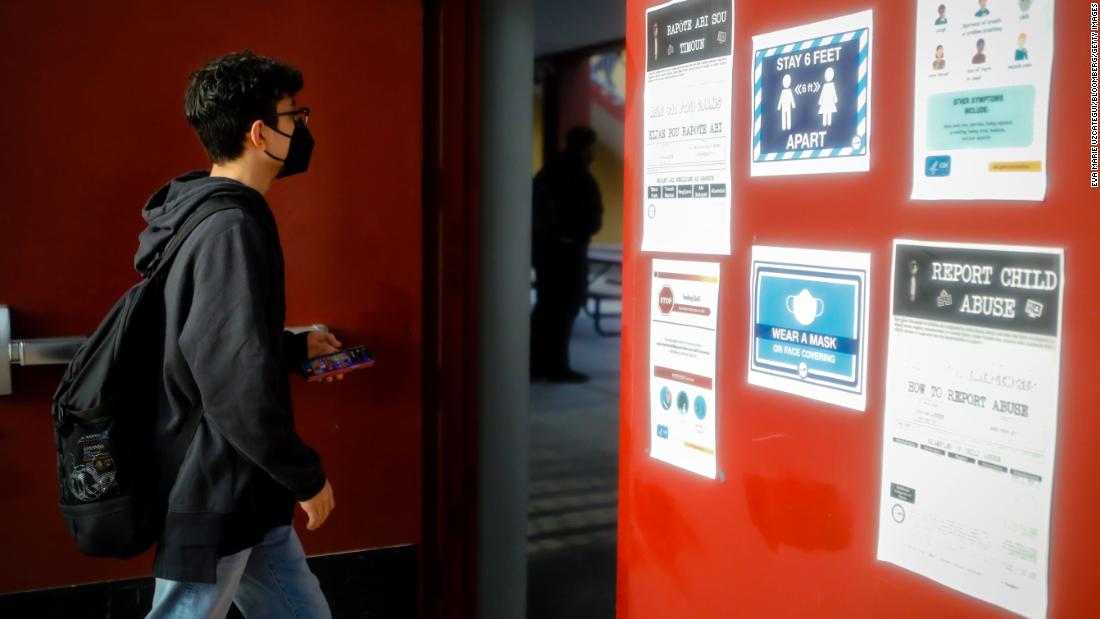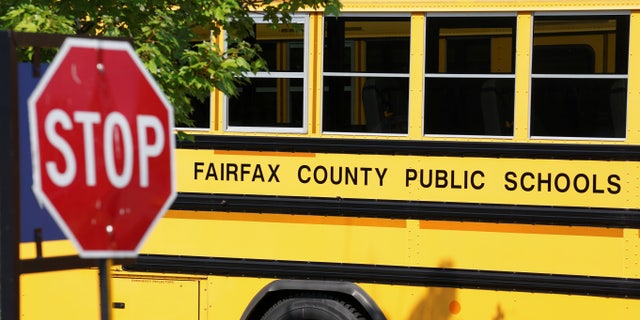Stylish and Affordable School Uniforms
In the evolving landscape of education, school uniforms remain a cornerstone of institutional identity and student cohesion. Once perceived as rigid and uninspired, today’s school uniforms have undergone a sartorial renaissance. They now blend affordability with aesthetic appeal, offering students attire that is both functional and fashionable.
This transformation reflects a broader cultural shift—one that values individuality within structure. By reimagining traditional designs, manufacturers and educators alike have embraced a new paradigm: uniforms that foster pride without compromising style or budget.
Uniforms Design Innovation Meets Practicality
Contemporary uniform design is no longer confined to monochrome palettes and boxy silhouettes. Tailored cuts, breathable fabrics, and subtle embellishments have become standard. These enhancements not only elevate visual appeal but also improve comfort and durability.
Schools are increasingly opting for modular wardrobe systems, allowing students to mix and match approved pieces. This flexibility accommodates seasonal changes and personal preferences, fostering a sense of autonomy within established guidelines. The result is a wardrobe that supports both academic focus and self-expression.
Economic Accessibility Without Sacrifice
Affordability remains a critical consideration for families. Uniform providers have responded with cost-effective solutions that do not compromise quality. Bulk purchasing programs, second-hand exchanges, and durable materials contribute to long-term savings.
Moreover, institutions are partnering with ethical manufacturers to ensure fair labor practices and sustainable sourcing. These collaborations yield garments that are not only economically viable but also socially responsible. In this way, affordability becomes a conduit for conscientious consumption.
Sustainability and Ethical Production
Eco-consciousness has permeated every industry, and educational attire is no exception. Uniforms crafted from organic cotton, recycled polyester, and low-impact dyes are gaining traction. These materials reduce environmental harm while maintaining performance standards.
Schools committed to sustainability often integrate uniform policies with broader ecological initiatives. Recycling programs, repair workshops, and donation drives extend the lifecycle of garments. Such efforts instill environmental stewardship in students, aligning dress codes with ethical education.
Inclusivity in Uniforms Design
Uniforms must serve diverse student populations. Inclusive design considers body types, cultural norms, and accessibility needs. Adjustable waistbands, gender-neutral options, and adaptive features ensure that every student feels comfortable and respected.
Institutions are also revisiting policies to accommodate religious attire and personal health requirements. This progressive approach reinforces the principle that equity begins with attire—what students wear should never hinder their sense of belonging or dignity.
Uniforms Branding and Institutional Identity
Uniforms are visual ambassadors of a school’s ethos. Logos, color schemes, and design motifs communicate values and traditions. A well-designed uniform fosters unity and school spirit, reinforcing a collective identity.
Custom embroidery, house emblems, and event-specific accessories add layers of meaning. These elements transform garments into symbols of achievement and affiliation. When students wear their uniforms with pride, they embody the institution’s mission beyond the classroom.
Parental Engagement and Policy Transparency
Successful uniform programs require collaboration between schools and families. Transparent pricing, clear guidelines, and responsive feedback channels build trust. Parents appreciate policies that prioritize affordability, comfort, and style.
Some schools host uniform fairs or online portals to streamline purchasing. Others offer financial assistance or installment plans. These initiatives ensure that no student is excluded due to economic constraints, reinforcing the principle of universal access to education.
Psychological Impact and Academic Focus
Uniforms influence more than appearance—they shape behavior and mindset. Studies suggest that standardized attire reduces peer pressure, minimizes distractions, and promotes discipline. When students are freed from sartorial competition, they can focus more intently on learning.
Additionally, uniforms create a psychological boundary between personal and academic spaces. Donning school attire signals a shift in role and responsibility, fostering a sense of purpose and preparedness. This subtle cue enhances engagement and performance.
Future Trends in Educational Attire
The future of school dress codes lies in adaptability and innovation. Smart textiles, embedded with temperature regulation or anti-microbial properties, may redefine comfort. Augmented reality fittings and AI-driven sizing tools could streamline procurement.
Designers are also exploring cultural fusion, blending traditional motifs with contemporary aesthetics. These trends reflect a globalized education system—one that honors heritage while embracing modernity. As uniforms evolve, they will continue to mirror the aspirations of the institutions they represent.
Stylish and affordable educational attire is no longer a contradiction—it is a reality shaped by thoughtful design, ethical production, and inclusive policy. As schools strive to balance tradition with innovation, uniforms emerge as a powerful tool for unity, expression, and equity. The garments students wear each day are more than fabric and thread; they are woven with purpose, pride, and possibility.





